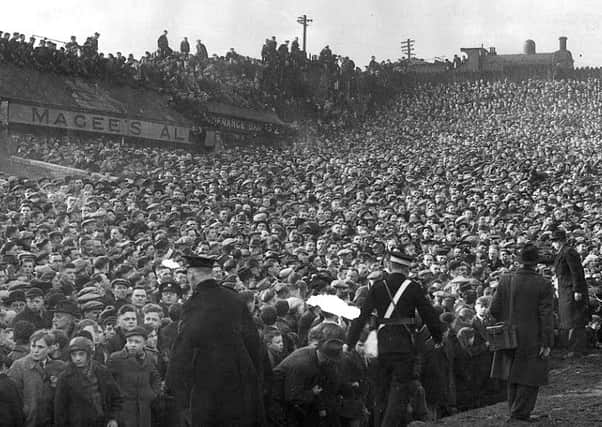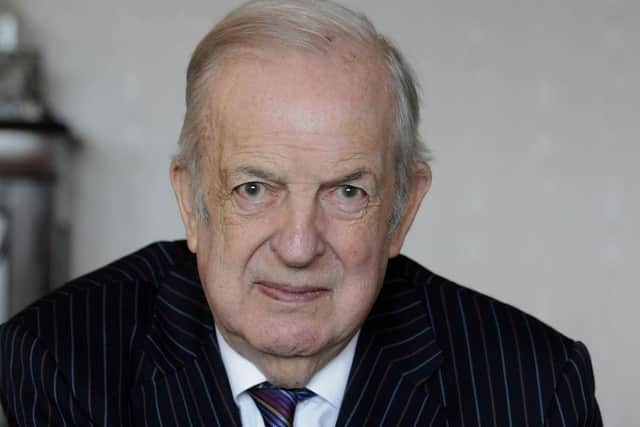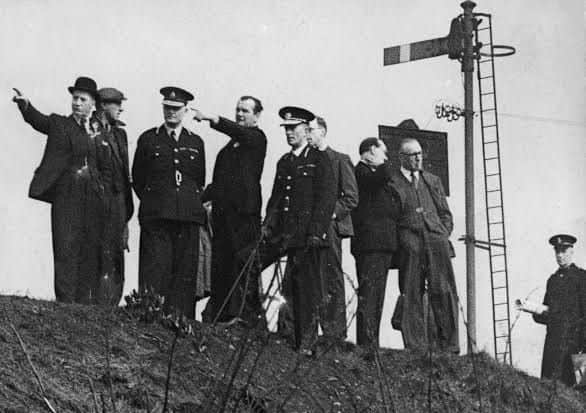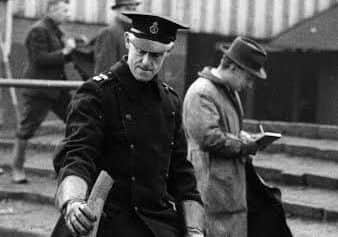'˜I was young, I thought they had fainted. I didn't know they were '¨all dead'


Alan Park, 84, was just 14-years-old when he witnessed the deaths of 33 people at the Burnden Park disaster on March 9, 1946.
The match between Bolton Wanderers and Stoke City came in the first FA Cup tournament to be played after the end of the Second World War.
Advertisement
Hide AdAdvertisement
Hide AdMore than 85,000 excited people crowded into the stadium in Bolton, with others climbing over the turnstiles and sneaking in using the railway embankment that ran behind the ground in the hope of catching a glimpse of Pool legend Stanley Matthews, who was playing for Stoke.


What resulted was a massive stampede which killed 33 people and injured 500 others.
Alan, who went on to become a footballer with Bolton himself and now lives in St Annes, said he remembers the tragedy ‘as if it was yesterday’.
He said: “I was only 13 or 14 at the time and I had never been to a big match before. I was standing on the terrace with my uncle and the gates were shut because it was a big match and the ground was full.
Advertisement
Hide AdAdvertisement
Hide Ad“ People who couldn’t get into the gates walked along the railway line and pushed their way in and crushed all the people onto the pitch. It was awful.


“Before half time they took all the players off to take all the bodies off the pitch and then brought the players back on. I think they did that twice. Some of the people had their clothes torn off so there were piles of clothes getting hauled off.”
Police were later criticised for allowing the game to continue with bodies piled up behind the goal posts.
The horrific images, many of which were caught on camera, prompted football bosses to call for more rigorous control of crowd sizes at matches.
Advertisement
Hide AdAdvertisement
Hide AdAlan said: “I was very lucky because I was in that area away from where it happened. I must have been within 30ft of the bodies.


“I was only young so I thought they were just fainted or knocked out. I didn’t know they were all dead.
“I only realised what had happened when I got home and my parents were distraught and calling up the police and asking if they had found a little 14-year-old body. They said ‘thank god you’re still alive’.
“I still remember it like it was yesterday.”
A year later, Alan would be hand-picked for a place on the team whose Sixth Round match marked the scene of the fourth-worst football disaster ever to happen in Britain.


Advertisement
Hide AdAdvertisement
Hide AdNow, 70 years on, the father-of-three asks why, despite a memorial plaque being unveiled at the stadium in 1992, the Burnden Park Disaster remains a largely forgotten part of history. He said: “I have said for 20 years you always hear about the Hillsborough disaster and it’s still going on, but you never hear about Burnden. Around 30 people were killed but it was never really covered.
“It wasn’t as big as the Hillsborough disaster but it wasn’t far short.
“It’s like it has been forgotten.”